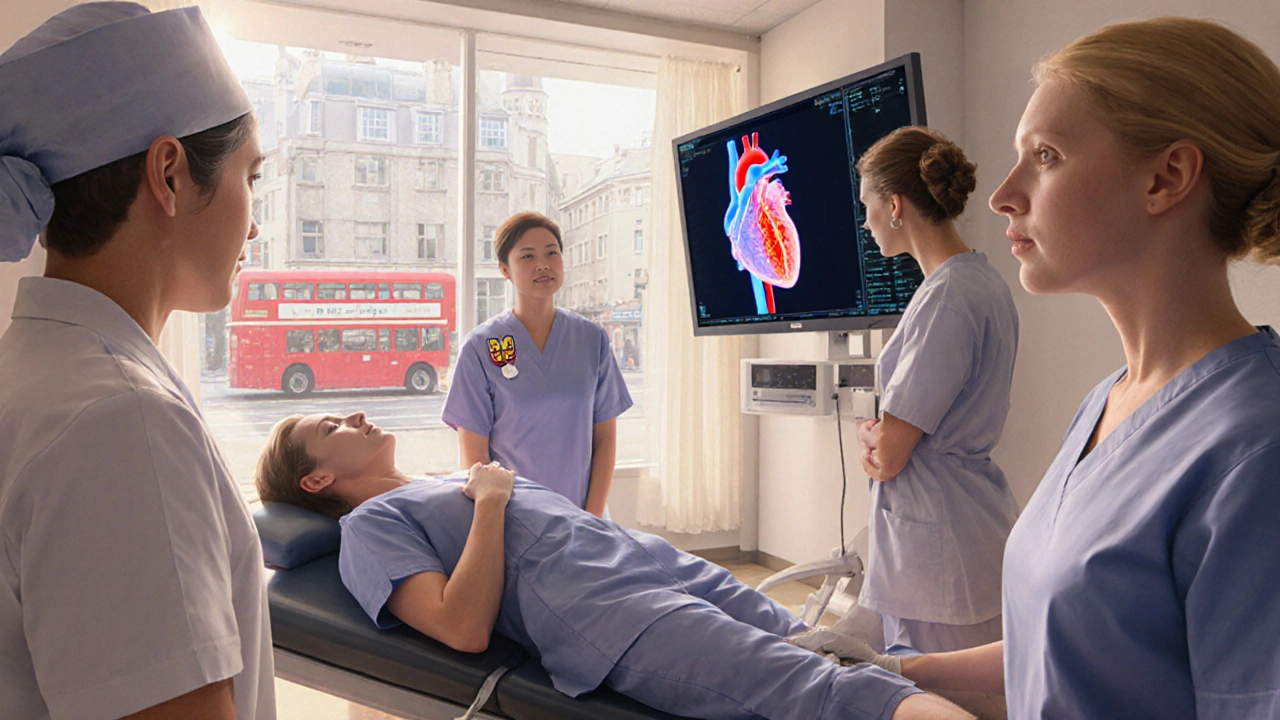Hypertrophic Subaortic Stenosis: What It Is and How to Deal With It
If your doctor mentioned hypertrophic subaortic stenosis (HSS) and you felt lost, you’re not alone. In plain terms, HSS is a type of heart muscle thickening that blocks blood flow out of the left ventricle. It’s a form of hypertrophic cardiomyopathy (HCM) where the tissue grows toward the outflow tract, making the heart work harder.
What Triggers the Thickening?
Most cases stem from genetic changes that run in families. If a parent has HCM, there’s a good chance the same gene can show up in you. Sometimes, though, doctors find the thickening without any clear family link – that’s called sporadic HSS. Lifestyle factors like high blood pressure or intense athletic training don’t cause HSS, but they can make symptoms show up earlier.
Common Signs to Watch For
People with HSS often feel normal for years. When symptoms appear, they usually include shortness of breath during activity, chest tightness, fainting spells (especially after exercise), or a racing heartbeat. A subtle “whooshing” sound (a murmur) can be heard with a stethoscope, and an echo scan will confirm the thickened muscle and narrowed outflow tract.
Because the blockage varies, some folks only need regular check‑ups, while others may need medication or procedures. The key is catching it early, before the heart’s pumping ability drops.
Managing the Condition
First‑line treatment is usually medication. Beta‑blockers or calcium‑channel blockers slow the heart rate and reduce the obstruction. If medicines aren’t enough, doctors consider procedures:
- Septal myectomy: a surgeon removes a small piece of the thickened wall, instantly widening the pathway.
- Alcohol septal ablation: a cardiologist injects alcohol into a tiny artery to shrink the extra tissue without open‑heart surgery.
Both options have good success rates, but the choice depends on age, overall health, and how severe the blockage is.
Living with HSS also means lifestyle tweaks. Regular, moderate exercise is usually safe, but high‑intensity sports can raise the risk of fainting. Keep a symptom diary and share any new shortness of breath or dizziness with your heart doctor right away.
When to See a Specialist
If you have a family history of HCM, get an echocardiogram before you start strenuous activities. Even if you feel fine, a screening can spot early thickening and let you plan ahead. Once diagnosed, routine follow‑ups every 6‑12 months help track any changes.
Remember, hypertrophic subaortic stenosis is manageable. With the right meds, possible procedures, and a mindful approach to activity, most people lead normal lives. Stay informed, keep up with appointments, and don’t ignore new symptoms – your heart will thank you.
How Cardiac Catheterization Helps Treat Hypertrophic Subaortic Stenosis
Explore how cardiac catheterization diagnoses and treats hypertrophic subaortic stenosis, its procedure steps, benefits, risks, and how it stacks up against surgery and medication.
